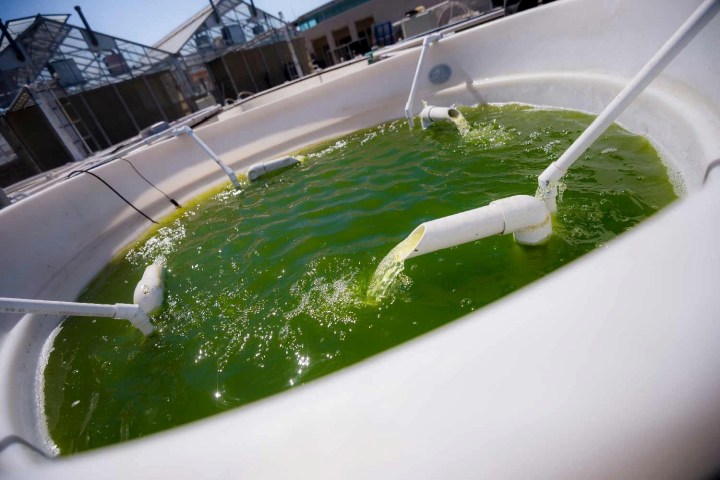
In fact, it is the real-life work of scientists at the University of California, San Diego and renewable energy company Sapphire Energy and it could be exactly what the world is looking for.
What the team developed and tested are genetically engineered algae that can be successfully cultivated outdoors without damaging native algae populations.
“Algae has the potential to be a new, more sustainable source of food, feed, and fuels,” Stephen Mayfield, director of the California Center for Algae Biotechnology at UCSD, told Digital Trends. “It’s sustainable because we can grow algae on non-arable land using non-potable or even salt water. Algae are also more productive than crop plants so we can produce protein, which the world really needs, in a more efficient way, and stop cutting down our rain forest to grow soybeans.”
However, in order to do this, what is needed is to domesticate algae — meaning to use it to produce the things that we actually want. Those things could include everything from animal feed and a replacement for fish meal, to renewable fuels and potential human food. It’s even possible to use the polyurethanes from algae oil as the basis for objects like (yes, really!) a renewable algae surfboard.
“This is how all agriculture works,” Mayfield continued, referring to the domestication process. “But using breeding, mutagenesis, and selection, the domestication process can take decades or even longer. Using genetic engineering in algae we can get there in years — and the world needs us to get there soon!”
Having carried out preliminary demonstrations that the introduced genes are stable in outdoor growth, and that the resultant engineered algae do not disrupt native ecosystems, the aim now is to prove this in greater depth. It is a fine balance, Mayfield said, between rigorous testing and quickly creating something that humanity desperately needs.
“We need to act fast if we are going to stop the degradation of the planet, and our algae can help,” he said. “But it has to be safe, and we need to demonstrate that before we go to large scale.”


